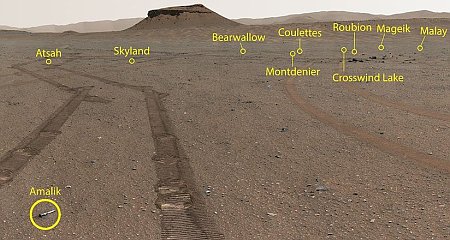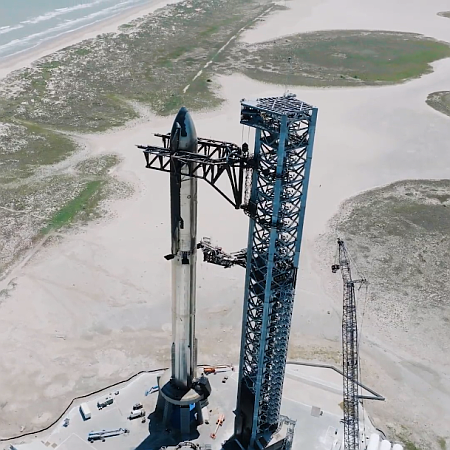Falcon Heavy successfully launches Psyche asteroid mission
SpaceX’s Falcon Heavy rocket this morning successfully launched the Psyche mission to the metal asteroid Psyche, lifting off from Cape Canaveral.
The two side boosters successfully landed at their landing zones at the cape, each completing their fourth flight.
Psyche will now spend the next six years traveling to the asteroid Psyche, first flying by Mars in 2026 to gain some speed to get there. It will then go into orbit around the asteroid for almost two years.
The leaders in 2023 launch race:
72 SpaceX
45 China
13 Russia
7 Rocket Lab
7 India
American private enterprise now leads China in successfully launches 84 to 45, and the entire world combined 84 to 73. SpaceX by itself only trails the entire world combined (excluding American companies) 72 to 73.
SpaceX’s Falcon Heavy rocket this morning successfully launched the Psyche mission to the metal asteroid Psyche, lifting off from Cape Canaveral.
The two side boosters successfully landed at their landing zones at the cape, each completing their fourth flight.
Psyche will now spend the next six years traveling to the asteroid Psyche, first flying by Mars in 2026 to gain some speed to get there. It will then go into orbit around the asteroid for almost two years.
The leaders in 2023 launch race:
72 SpaceX
45 China
13 Russia
7 Rocket Lab
7 India
American private enterprise now leads China in successfully launches 84 to 45, and the entire world combined 84 to 73. SpaceX by itself only trails the entire world combined (excluding American companies) 72 to 73.



